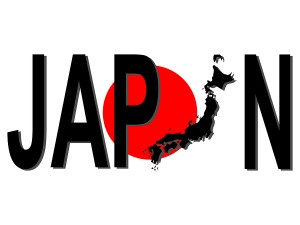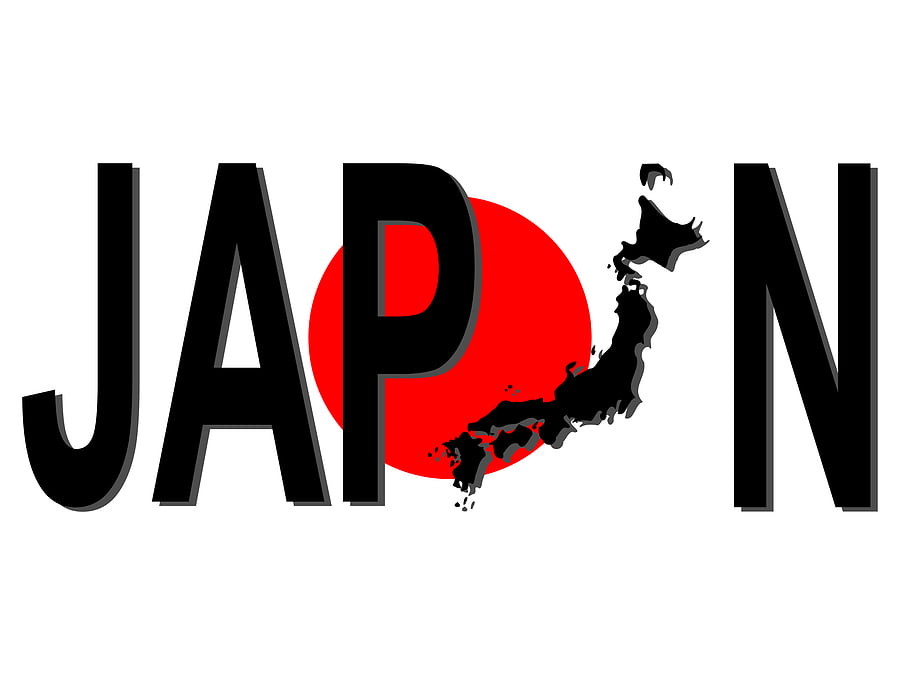2012-09-26 by Richard Weitz
As Japan moves forward in shaping a 21st century defense strategy, defense procurement reform will become part of the picture.
Current policies result in major Japan’s indigenously produced weapons systems, such as tanks and fighter aircraft, ranking among the most expensive in the world.
The Japanese defense industry has been largely excluded from the global industry trends of consolidation and integration.
At present, Japanese defense contractors produce limited volumes (e.g., a dozen tanks or warplanes, a few helicopters, and a single warship each year) of many different types of weapons at a much higher price than potentially available through global defense collaboration.
During the Cold War, external and internal considerations made the Japanese government willing to sustain a modest but costly defense industry.
Japan’s relations with the Soviet Union were strained, leading to a genuine fear of military conflict between the two countries.
In addition, equipping the SDF with advanced equipment gave the Japanese an instrument with which to demonstrate to Washington that Tokyo was meeting its share of the common defense burden even without providing combat troops to U.S.-led defense efforts.

At home, Japan’s robust economy made the task of sustaining modest military spending tolerable. Japanese economic planners and business leaders hoped to leverage domestic defense research and development (R&D) efforts to generate profitable commercial spin-offs in leading high-technology sectors.
The end of the Soviet threat has called into question the viability of Japan’s traditional defense procurement policies.
But a consensus has yet to emerge on how the Japanese defense industry should best respond to the new circumstances.
Japan’s restrictive export policies deny its defense industry opportunities to achieve economies of scale through the sale of military equipment to foreign countries, considerably increasing the costs of indigenously produced military products.
They also discourage Japanese defense firms from investing in new research and development since the absence of potential foreign customers limits the potential sales of any product, no matter how innovative.
In addition, the so-called “Miki” restraints, adopted in the 1990s on the basis of these principles, have prevented Japanese defense firms from participating in joint development projects with other nations and international contractors.
Although METI would probably approve the sale of military equipment to the United States, the American government has not sought to make such purchases. Japanese companies can sell to the SDF, but the Japanese defense budget remains too small for optimal production runs in many cases.
Some Japanese business leaders still like the traditional government policy of limiting foreign competition in the defense sector.
In the past, the METI and the Ministry of Finance have used a variety of instruments to limit the entry of both foreign and domestic firms into the Japanese defense market, helping to keep those Japanese firms already present in the military sector financially secure. Opening the market to entry could induce these existing defense contractors, especially firms that do not rely heavily on military sales, to exit the market.
On the other hand, not all Japan’s defense contractors rejoice at having such a highly protected market.
For example, the Chairman of Mitsubishi Heavy Industries publicly worried that limits on the access of Japanese companies to foreign technologies could impede Japanese progress in key high-tech fields such as aerospace. Since the early 1990s, some Japanese defense firms have been pushing for a loosening of the rules to create more opportunities for partnering with foreign companies.
There has been recent evolution in Japan’s policy regarding foreign procurement. A government review in 2003 concluded that the considerations of autonomy should only apply if the weapon system at issue is strategic, special, secret, or necessary to preserve the domestic production base.
The 2004 Araki Commission called for outsourcing more arms production urged government reconsideration of the historic policy of “nurturing” indigenous weapons manufacturers.
The ratification of a General Security of Military Information Agreements (GSOMIA) in early 2007 has created new opportunities for bilateral defense cooperation. It allows U.S. companies to share sensitive technical information with Japanese subcontractors, enabling them to repair and maintain U.S. military equipment in Japan and reducing the current practice of returning American warships and warplanes to Japan for repair.
But further reforms are still needed. The 2010 NDPG state that Japan will “study measures to respond to changes in the international environment regarding defense equipment.”
According to a December 27 Statement of the Chief Cabinet Secretary, “On Guidelines for Overseas Transfer of Defense Equipment, etc.,” would most likely consider transfering arms and defense technologies to other countries when such transfers could contribute to international peace and cooperation (such as UN peacekeeping operations, international humanitarian operations, multilateral counterterrorism operations) or to Japan’s security through joint defense development and production with defense partners (not just the United States) and was strictly controlled to ensure that defense equipment is only used for the agreed purpose and could not be transferred to third parties without Japan’s consent.
The Japanese government could pursue several possible solutions to its current problematic imbalance between ends and means.
A first option would be to reverse the expanding security aspirations of recent governments and accept a considerably more modest defense role for their country in East Asia and elsewhere.
A major reduction in Japan’s foreign policy objectives, along with a renewed willingness to subordinate Japanese security aspirations to those of the United States and revert to the Cold War pattern of relying on Washington to protect Japan against external threats, would seek to close the ends-means gap primarily through pursuing less ambitious goals.
Japanese leaders are still unwilling to accept such a reversion, and potential adversaries and allies do not seem prepared to provide Tokyo the necessary negative and positive security assurances to make it work.
A second option would be for the Japanese government to spend more on defense procurement to buy the weapons the armed forces need to fulfill the country’s more ambitious national security strategy.
Proponents of greater defense spending currently cite the need to pay for Japan’s growing missile defense needs.
Heightened Japanese fears about China, North Korea, or U.S. staying power in East Asia might prompt significantly greater defense spending under certain conditions.
Nevertheless, Japanese policy makers have proved extremely reluctant to increase defense spending at a time when they country faces the prospect of substantially higher social welfare spending (especially on health care) due to its aging population. This demographic trend also reduces the proportion of active workers in the Japanese population.
The unlikelihood of increased defense spending should not exclude making certain useful changes in the budgetary process. For example, relying more on multi-year procurements could lead to many improvements in principle.
A third option would be for Japanese officials to accelerate relaxation of the restrictions limiting foreign firms’ access to the country’s defense market.
With the growth in the global reach from European and other non-American firms, this would mean as well ending a special access which U.S. firms have had in the Japanese market.
The Japanese government is not receiving true value for the money it spends on military equipment since the requirement to purchase mostly domestic products results in higher per unit costs than would be case in a market more open to foreign competition.
The greater competition would reduce the costs of many defense products and increase the range of military technologies available to the Japanese defense community.
To realize this scenario, the METI would expand the opportunities available to foreign defense companies beyond the technology transfers and limited sales it currently allows. The Japanese decision makers working in defense procurement would also have to give more serious consideration to ability of foreign options to fulfill military requirements.
These changes would not require a complete abandonment of Kokusana, but, in the absence of a major increase in national defense spending, Japanese policy makers will likely need to accept some shrinkage in the share of contracts won by Japanese firms as well as further industry consolidation in return for greater economic efficiency and technical capability.
A fourth option would be to expand the permissible export opportunities available to Japanese defense firms.
The current stringent restrictions prevent Japanese companies from achieving economies of scale in their production runs and engaging in many joint development projects. The probable increase in sales generated by foreign purchases could allow Japanese companies to take advantage of economies of scale and lower the per unit price of their equipment. This move would allow Japanese firms to escapes from the rut of being trapped in a shrinking domestic market.
Despite the commercial benefits from relaxing restrictions on arms exports, such proposals continue to encounter substantial opposition within Japan from business leaders, government officials, and non-governmental organizations concerned about damaging Japan’s pacifist image.
Although the Japanese public has become more accepting of the country’s assuming a more activist role on the world stage, their willingness to back expanded arms sales to help achieve Japanese defense procurement goals remains unclear.
Perhaps the government could weaken opposition to such a move by retaining export restrictions on controversial countries (i.e., those whose governments forcefully repress their citizens’ rights, pursue aggressive foreign policies, or seek weapons of mass destruction).
In some cases, foreign and Japanese firms can circumvent certain government restrictions by working at the company-company level and keeping the Japanese government out of the process, but such a technique requires securing agreement on rules and procedures early in the process.
A lasting improvement in bilateral defense cooperation, however, will require changes in Japanese government policies and practices.


